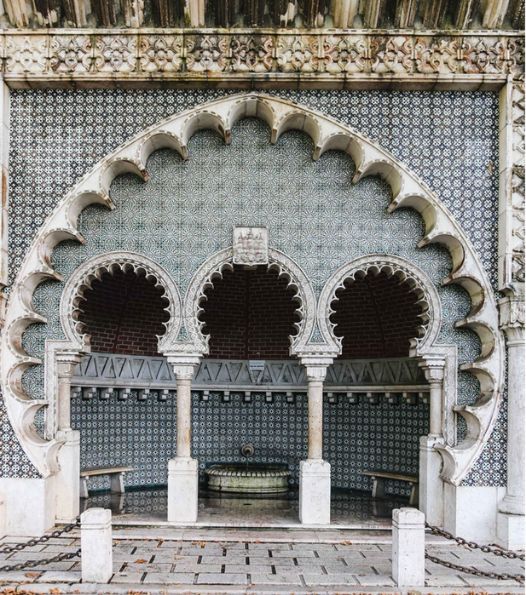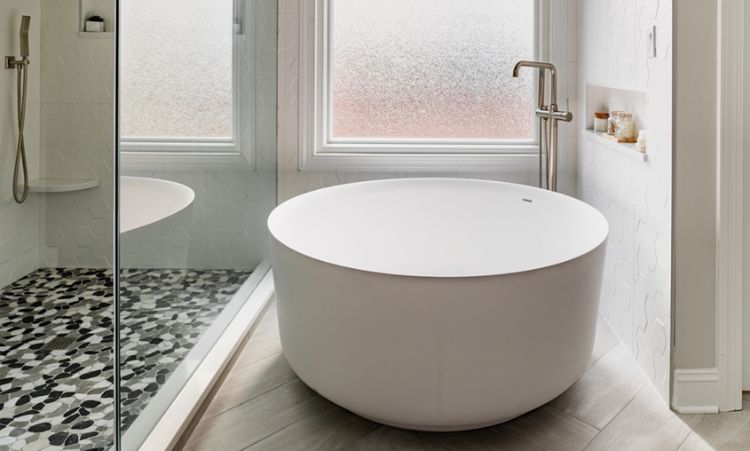Soaking It In: The History of the Bathtub
In spirit of International Bathtub Day, we are exploring it’s interesting and evolving history.
The concept of bathing and the use of water for hygiene purposes can be traced back to ancient civilizations – but how did it come to be how it is today?
As you consider your bath remodel, here is the timeline that led to the bathing practices we know today:

1st millennium BCE: It is known that the ancient civilizations such as the Egyptians, Greeks, and Romans used communal bathing facilities, including large basins and pools, for personal hygiene and relaxation purposes.
4th century CE: The earliest known bathtub, made of marble, was discovered in the ruins of Pompeii, an ancient Roman city destroyed by the eruption of Mount Vesuvius.
18th century: The concept of the modern bathtub starts to emerge. Copper and tin-lined wooden tubs become popular in wealthy households in Europe. These tubs are portable and often placed in the bedroom, rather than being fixed in the bathroom.
Late 18th century: The first porcelain bathtubs, similar to those we are familiar with today, are introduced. However, they are still considered a luxury item and are not widely accessible.

19th century: With advancements in plumbing and the industrial revolution, the availability of water and better sanitation systems increases. This leads to the rise of the modern bathroom as a dedicated space for personal hygiene. Later in this century, cast iron becomes the material of choice for bathtubs due to its durability. Manufacturers start producing the infamous freestanding clawfoot tubs.
Late 19th to early 20th century: The advent of mass production techniques allows for the production of more affordable and accessible bathtubs. Built-in tubs, made from enameled cast iron or porcelain-coated steel, become more common.
Mid-20th century: Acrylic, a lightweight and durable material, is introduced, leading to the production of lightweight, molded bathtubs. This innovation makes bathtubs more affordable and easier to install.

Late 20th century to present: Various styles and materials continue to be used for bathtubs, including fiberglass, composite materials, and even stone. There is a growing interest in whirlpool and spa tubs late in the century, offering therapeutic and relaxation benefits. The turn of the century is finding renewed interest in freestanding tubs that allow for more space in the bathroom and a simplistic look.
Today, the bathtub has evolved into an essential fixture in most homes, offering a place for personal hygiene, relaxation, and self-care. The designs and features have become more diverse and customizable, catering to different preferences and needs. At Bath Tune-Up, we offer numerous styles and options for your bathtub of choice. Contact us today to discuss next steps on your bathtub upgrade!